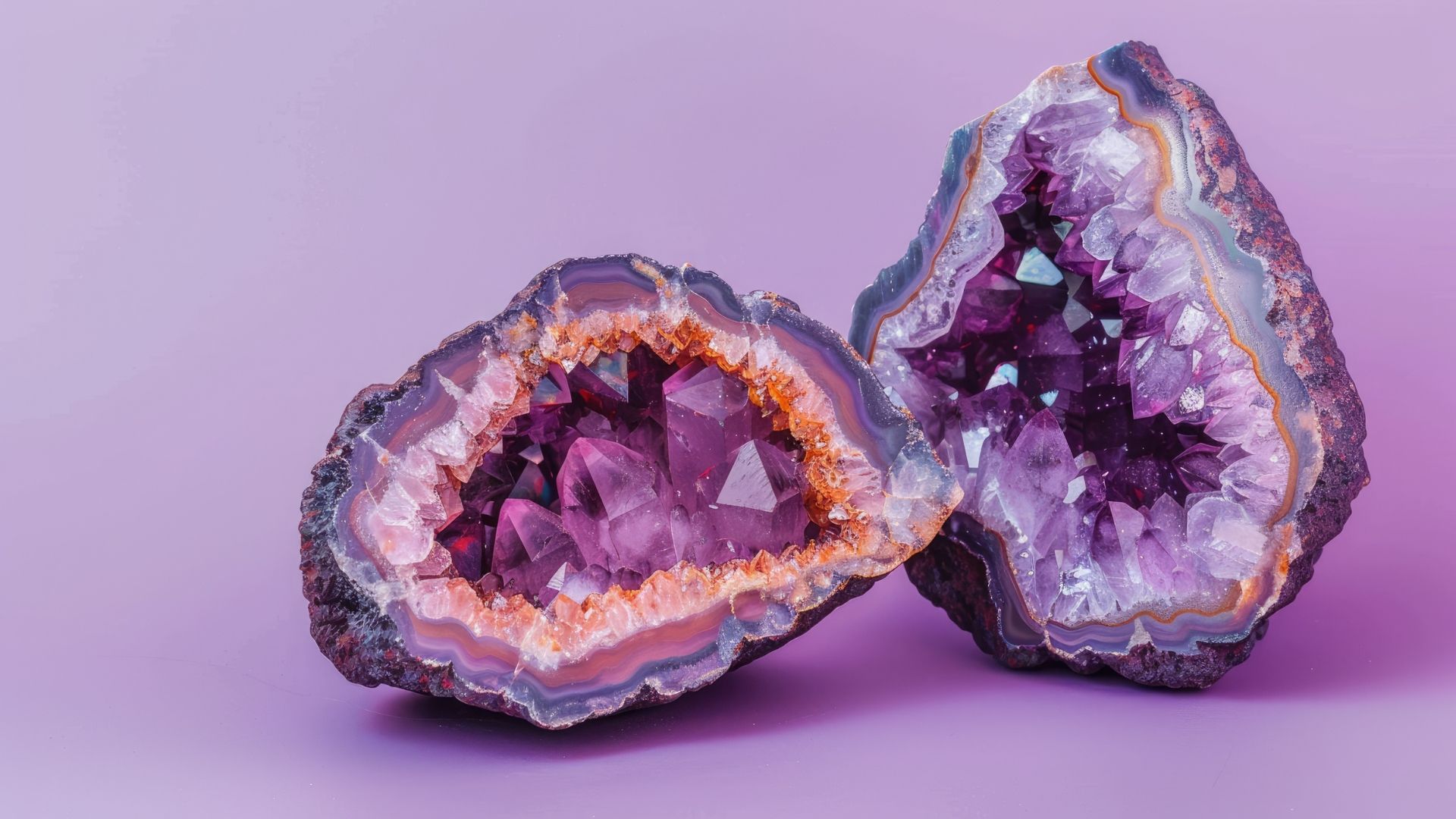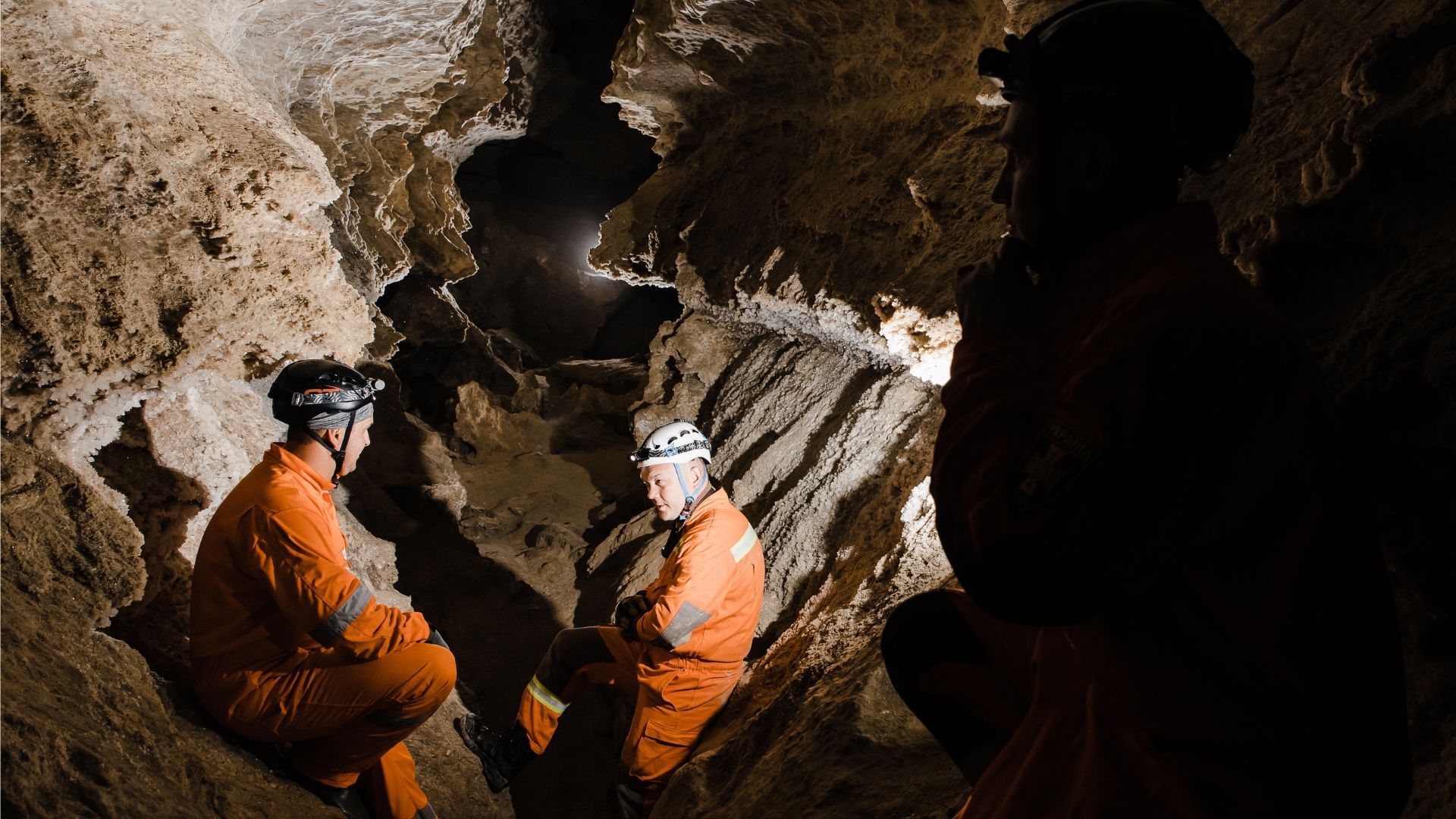Believe it or not, some animals live in caves all year round. Discover 5 of the creepiest cave creatures.
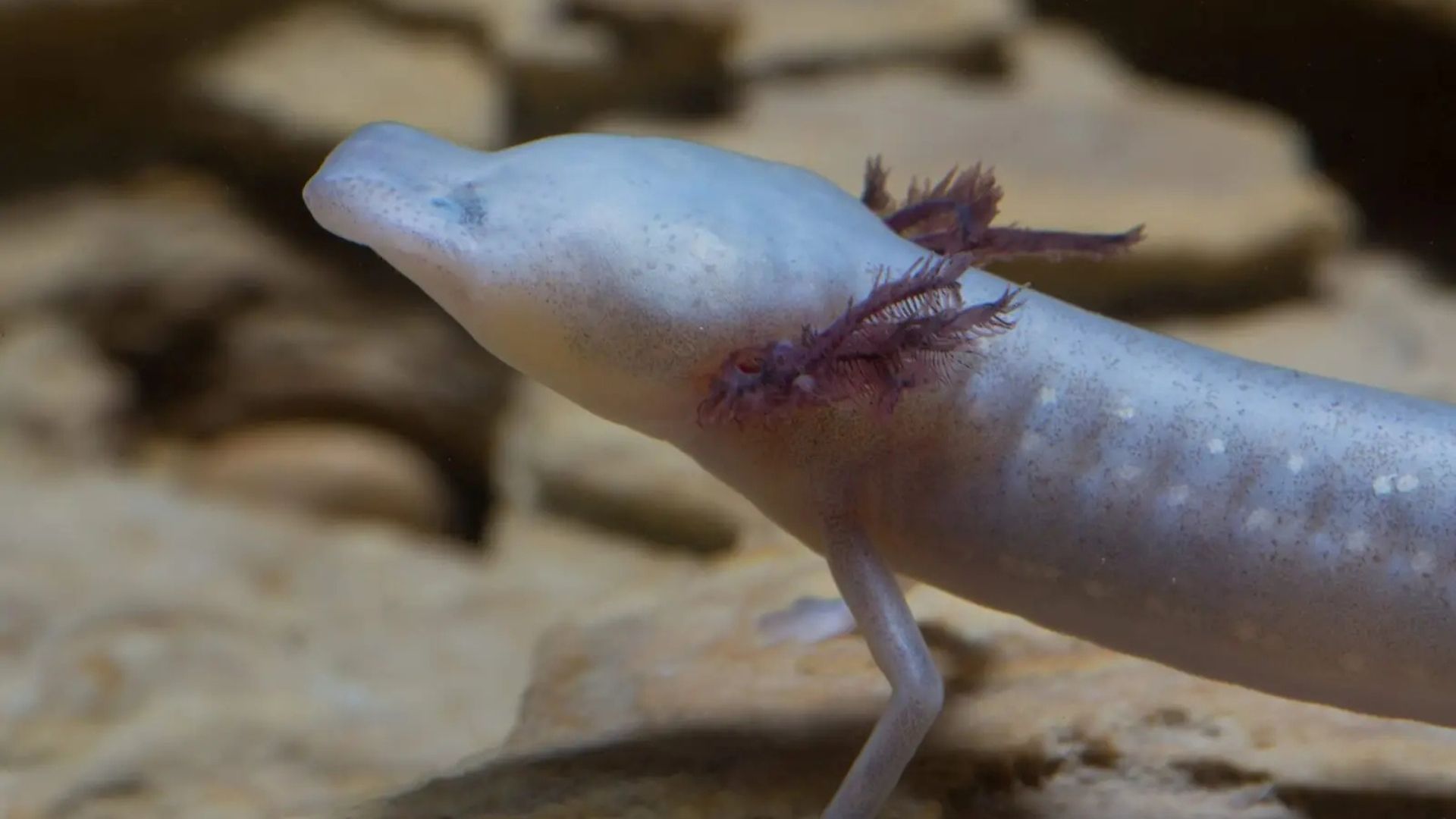
Picture a cave, and what do you see? Perhaps a craggy hole with stalactites dangling down. The cavers among you might be seeing an adventurer in protective gear. But how about animals?
Caves are rich in wildlife. There are three types of cave life, categorised by how much time each one spends in the cave.
First up are trogloxenes. These are cave visitors. They come to the caves to rest, hibernate, give birth or nest. But they never spend their whole life inside – and they haven't adapted physiologically to better suit the cave environment. Trogloxenes include bats, bears, skunks, raccoons and moths.
Then there are troglophiles. Francophiles love France, bibliophiles love books and boy, do troglophiles love caves.
Like trogloxenes, they can survive outside the cave. But they tend to leave just to find food. Troglophiles include some beetles, worms, frogs, salamanders, crickets and crayfish.
Finally, there's a creepy collection of critters that spend their whole lives in caves. They're specially adapted to live in the dark with minimal nutrition. Take them out of the cave and they won't stand a chance.
These reclusive creatures are known as troglobites – and they include some fascinating specimens.
What are the characteristics of troglobites?
Troglobites live in the dark. This means they've evolved to navigate with poorly developed eyes or no eyes at all. Their skin is barely pigmented and they can go for long periods without food.
They also tend to have long legs and antennae. These enable them to move around the cave more easily.
Where do troglobites live?
In caves, obviously!
In fact, the answer to the question is a little more complicated than you might expect. This is because caves are split into different zones – and different animals live in each one.
First, there's the entrance zone. Here, there's enough sunlight for mosses, ferns and other flora to grow and photosynthesise. Trogloxenes like bears and raccoons use these thresholds to eat, sleep and rest.
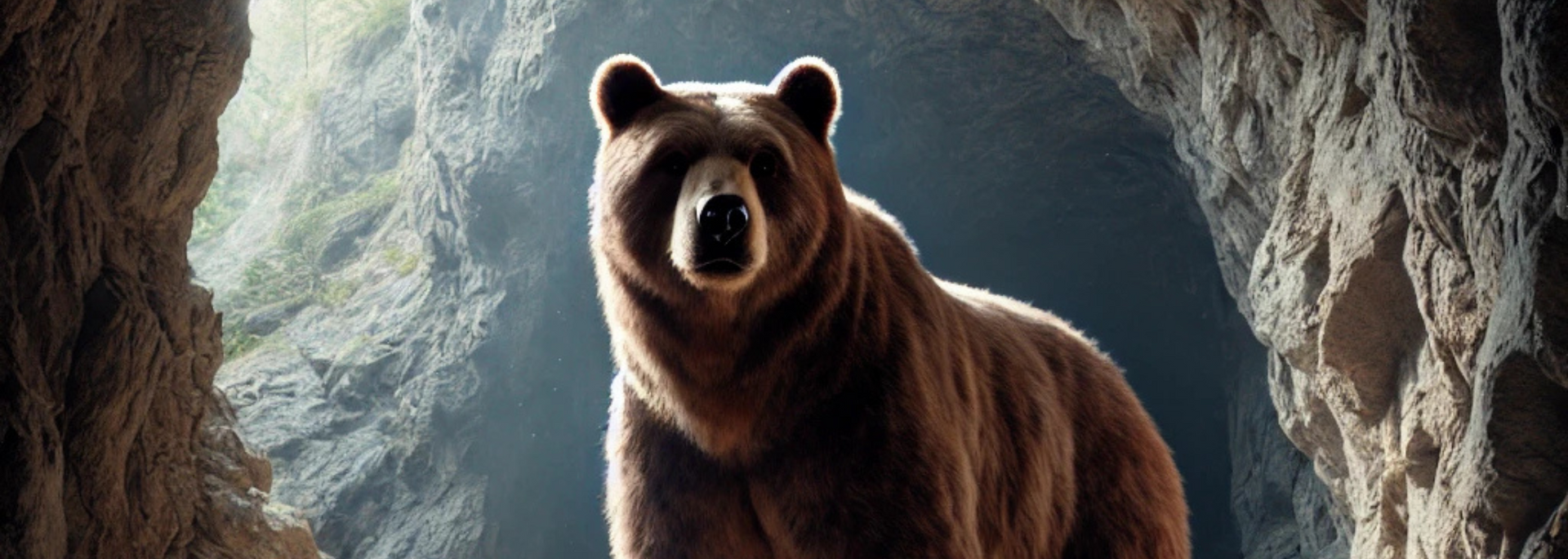
Venture in a little further and you reach the twilight zone. As the name suggests, there's not much light here. The temperature still changes with the outside world but tends to be more stable than at the entrance.
The twilight zone is home to trogloxenes and troglophiles such as moths, bats, spiders and millipedes.
But venture in even further and you reach the ominously named dark zone. This is a pitch-black part of the cave with a constant temperature. It's here that troglobites spend their whole lives.
How do troglobites survive?
All life on Earth needs food. So, how do troglobites survive?
The answer is that food gets brought in from the outside world. Leaves, twigs and plants get washed in by floods. Trogloxenes and troglophiles deposit nutrients. And best of all, bats provide plenty of guano.
Yes, the food chain in caves begins with bat poo. These droppings pile up and are eaten by fungi and microscopic bacteria. Millipedes and tiny crustaceans feed on these. Bigger insects like centipedes, cave spiders and salamanders feast on the smaller ones.
5 cool troglobites
1. Kaua'i cave wolf spider
The Kaua'i cave wolf spider is an endangered species found only in the Koloa Basin on the Hawaiian island of Kaua'i.
Unlike the rest of the wolf spider family, this species is unique in having no eyes at all. Despite its lack of sight, it's an active predator that can sense when prey are present. Its diet largely consists of the Kaua'i cave amphipod.
An adult will grow to a maximum of 0.75 inches. This eyeless hunter has a reddish-brown carapace, bright orange legs and a pale abdomen.
2. White cave velvet worm
The white cave velvet worm is another endangered species, this time living in the Western Cape Province of South Africa.
The velvet worm is one of only two velvet worms that live exclusively in caves. The white variety is even more unusual, dwelling exclusively in one cave system on Table Mountain, South Africa.
Like the Kaua'i cave wolf spider, the white cave velvet worm has no eyes. It has long legs, a pigment-free white body and 18 pairs of clawed legs.
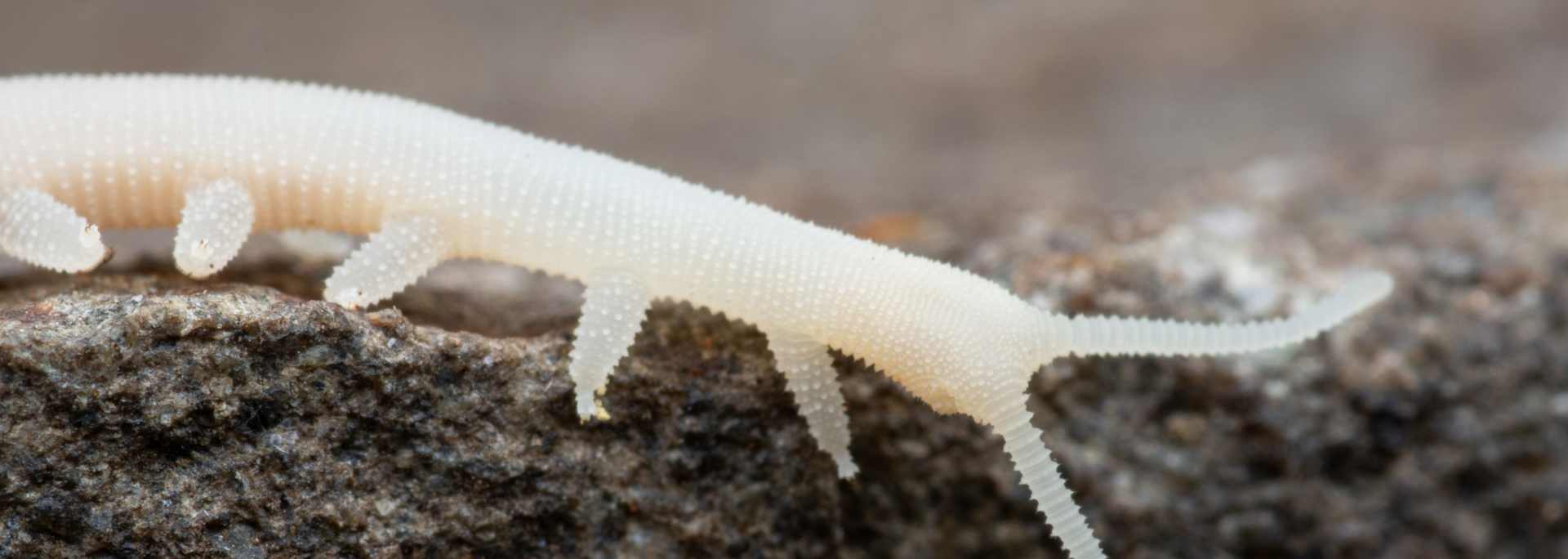
The adult male worm is 48 millimetres long and its female counterpart is 32 millimetres. They tend to seek out moisture under stones or on the walls of caves.
3. Cave salamanders
Not all cave salamanders are troglobites – but many are. These lizard-like animals have no eyes at all. Their lack of pigment gives them a pale yellow or pink hue.
When the first cave salamander was studied in 1689, it was identified as a "dragon's larva"!
4. Tumbling Creek cavesnail
This tiny, white, blind aquatic snail is believed to inhabit just 23 metres of a stream in Tumbling Creek Cave, southwestern Missouri. It spends its days clinging to the underside of rocks.
At a mere 2.3 millimetres high, it's unclear what the Tumbling Creek cavesnail feeds on. Scientists believe it survives on microscopic bacteria. It possibly draws indirectly on nearby bat guano deposits, too.
The cavesnail has gills and an operculum: a trapdoor-like feature on the upper surface of its foot. This closes the shell when the snail retracts its soft parts. The operculum stops the snail from drying out and can serve as protection against predators.
5. Waterfall climbing cave fish
There are dozens of species of cave fish. Some, not all, are troglobites. The waterfall climbing cave fish, also known as the cave angel fish, is one.
This fascinating species of cave fish has been found in eight caves in Mae Hong Son Province, Thailand. It grows to a length of 2.8 centimetres.
Like other cave fish, it lacks pigment and survives without eyes. Most remarkably, its fins can grapple onto terrain – and yes, it can even climb!
Creatures aren't the only creepy things you'll find in caves. Here at Stump Cross Caverns, we're putting on a feast of frightful fun this Halloween half-term.
Book our Discovery Day package between 26 October and 3 November to make the most of it – or explore more fun
cave activities in the run-up to Christmas.


Stump Cross Caverns
Greenhow Hill
Pateley Bridge
Yorkshire
HG3 5JL
All Rights Reserved | Stump Cross Limited
Crafted with creativity and marketing savvy by My Digital Hero

Stump Cross Caverns
Greenhow Hill
Pateley Bridge
Yorkshire
HG3 5JL
01756 752780
enquiries@stumpcrosscaverns.co.uk
01756 752780
enquiries@stumpcrosscaverns.co.uk
All Rights Reserved | Stump Cross Limited
Stump Cross Caverns
Greenhow Hill
Pateley Bridge
Yorkshire
HG3 5JL


